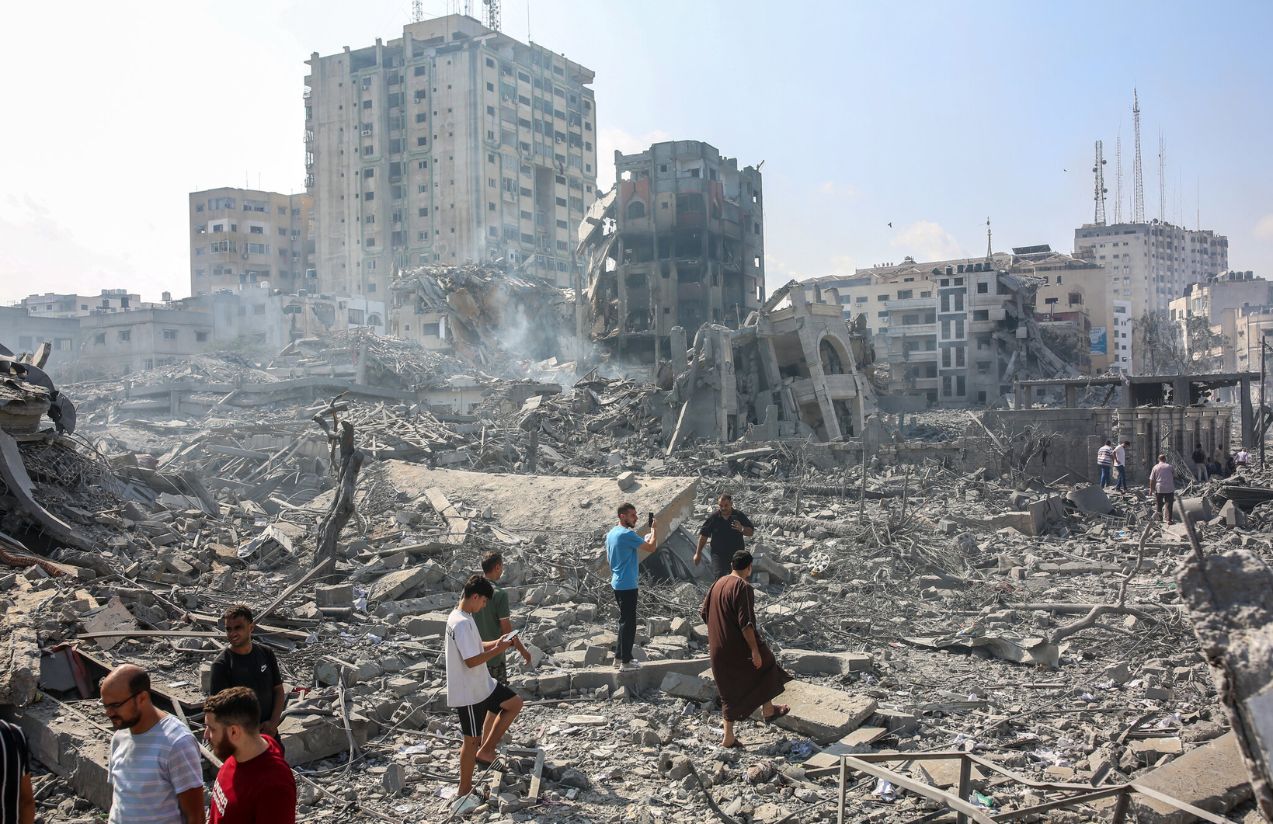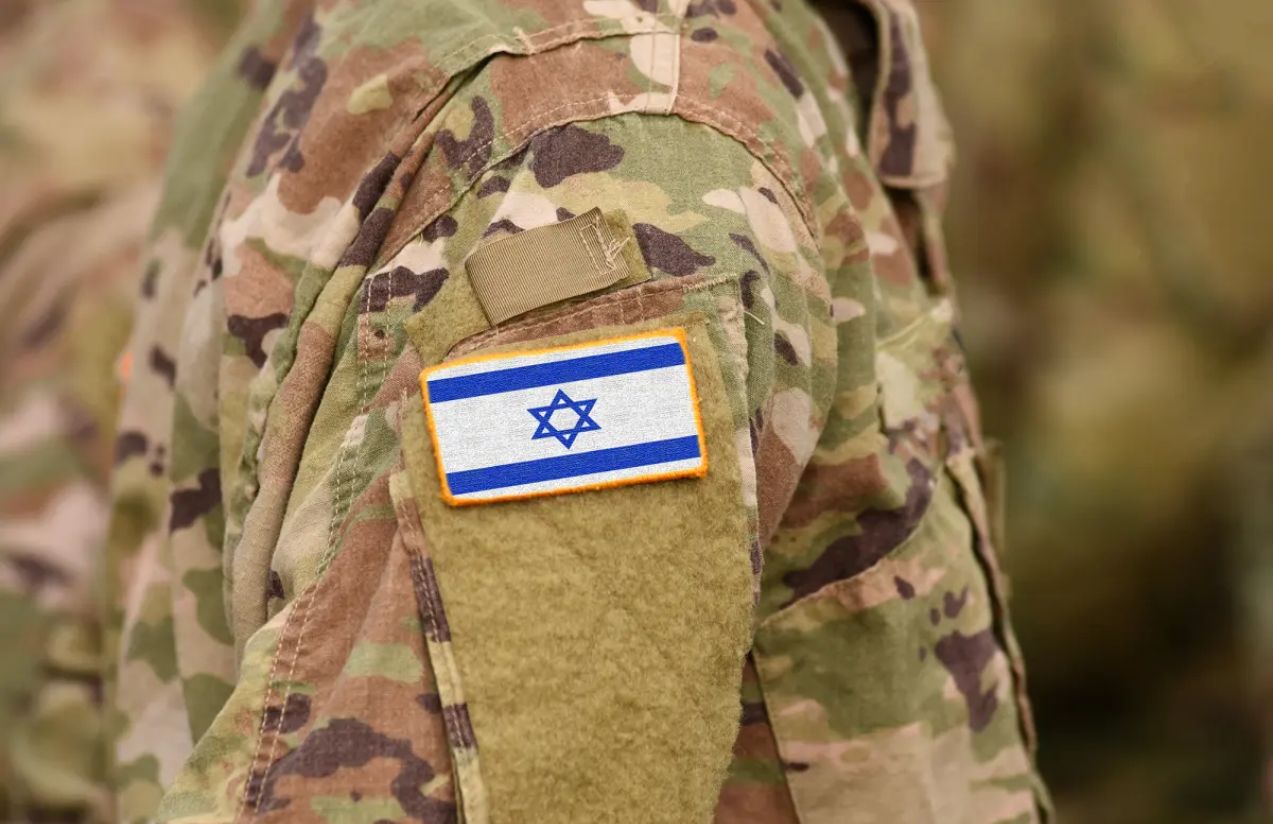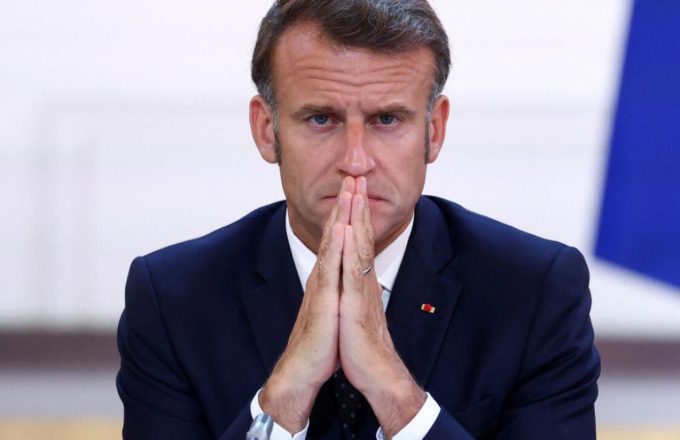The Israeli army has approved the operational framework to launch an offensive in Gaza City, after nearly two years of conflict that have devastated the Palestinian territory. The Israel Defense Forces (IDF) are preparing to confront the last Hamas strongholds in the enclave and in the central camps further south, amid a military escalation and an alarming humanitarian crisis.
With a pre-war population estimated at around 760,000, Gaza City now shelters thousands of displaced people who have taken refuge in makeshift structures, such as tents set up between partially destroyed buildings. Security experts warn that the offensive would resemble a large-scale urban battle, comparing it to the siege of Stalingrad for its likely duration and severity.
In addition, Prime Minister Benjamin Netanyahu has stated that Israel does not seek to permanently occupy the territory but aims to establish a security perimeter and eventually hand over administration to a “non-hostile” Arab civil government. These remarks come amid growing tensions, internal debates over the risks of the operation, especially regarding the safety of hostages, and increasing international pressure over the situation in Gaza.

What humanitarian challenges does this offensive pose?
Gaza City is already overcrowded and in extreme conditions. A mass evacuation is practically impossible, significantly increasing the risk for millions of civilians trapped in the conflict and worsening the crisis in terms of displacement, safety, and access to humanitarian aid.












